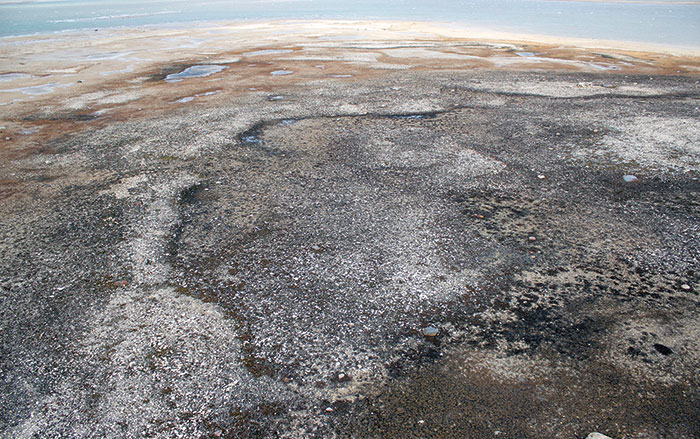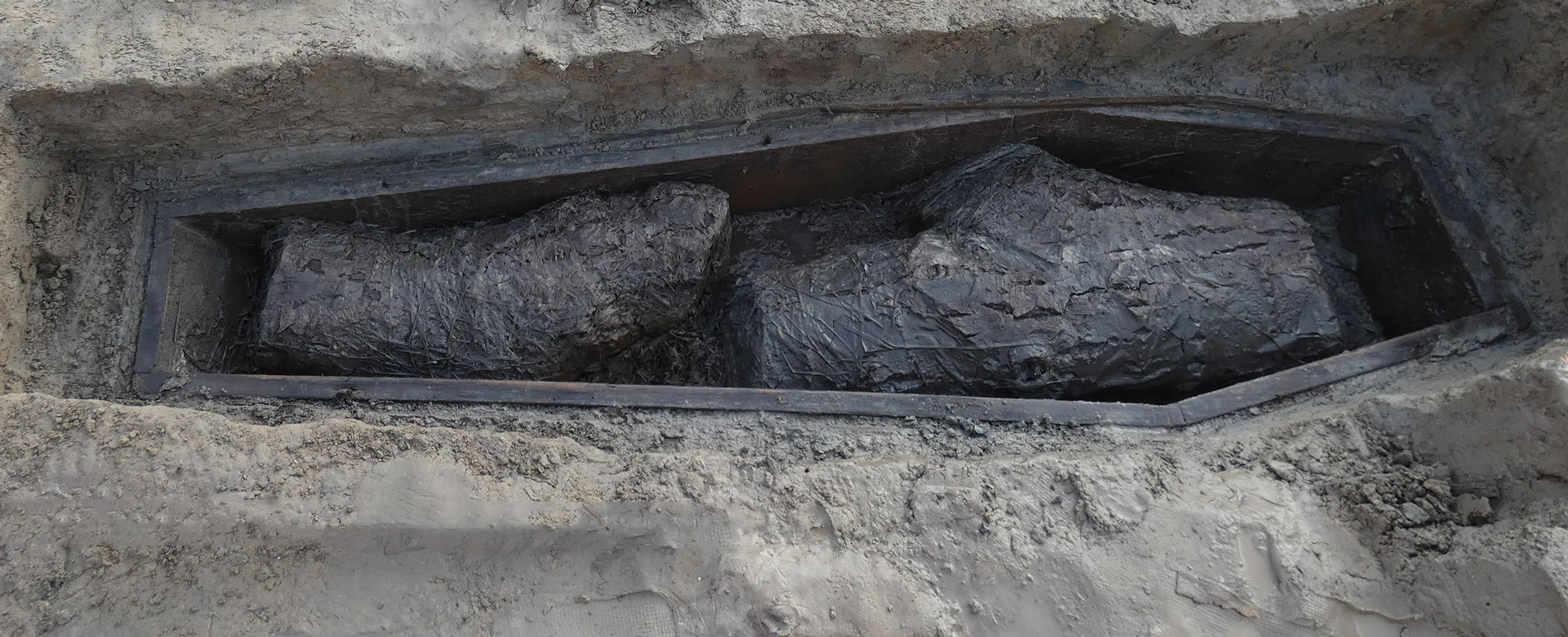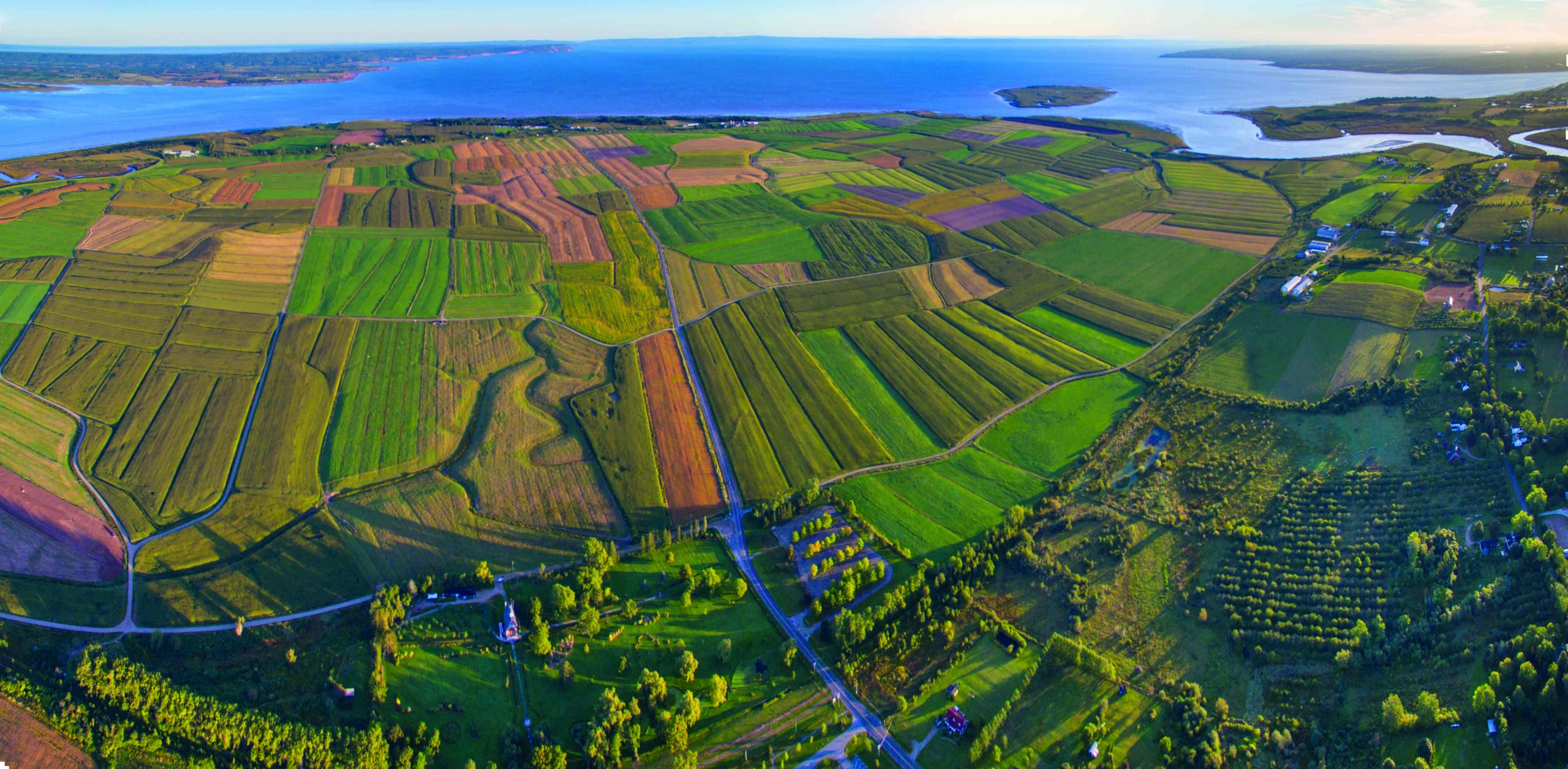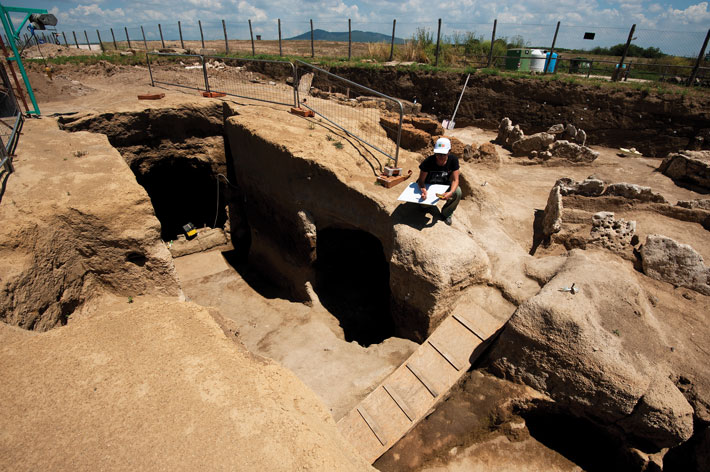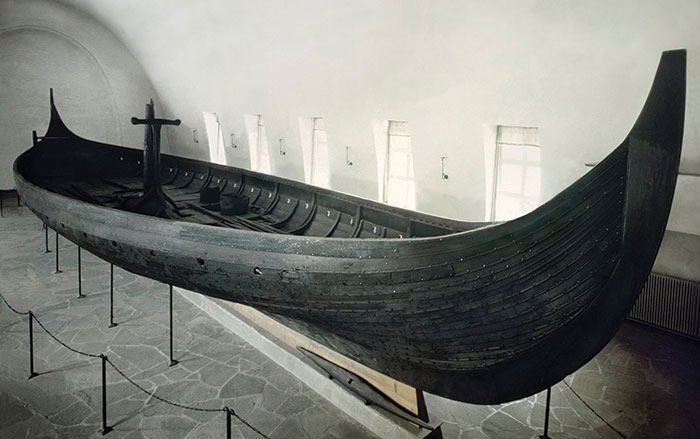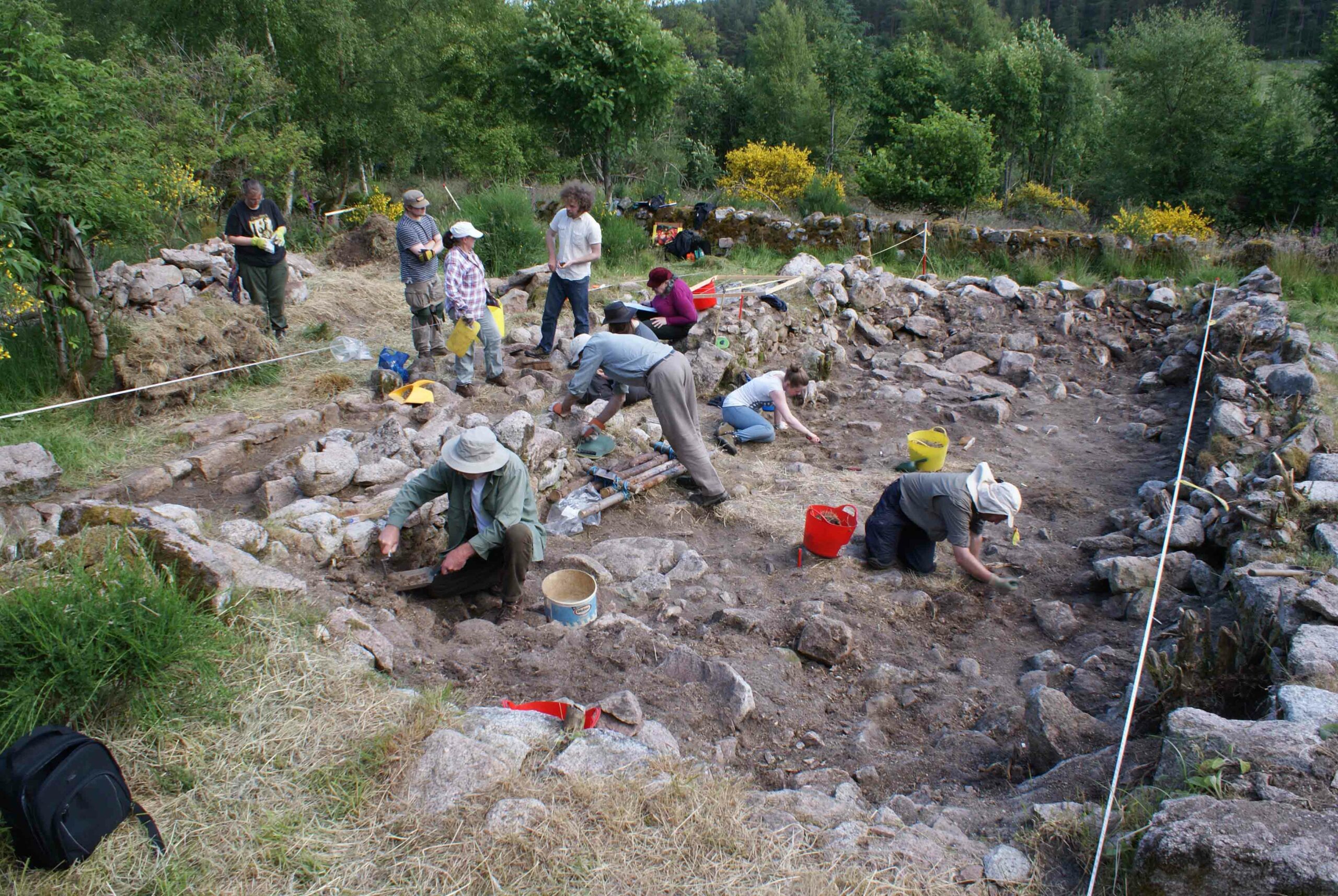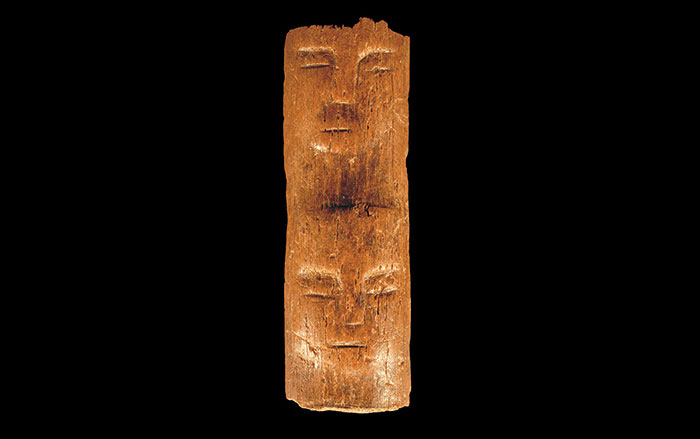
TORONTO, CANADA—An intact cruciform pit house built by the Inuvialuit has been discovered from the in the permafrost of Canada’s Northwest Territories. Such houses, which were in use from about 1400 to 1900, have a central floor area and three large alcoves. “If you look at it from above, it kind of looks like a cross,” Max Friesen of the University of Toronto told CBC News. The floor, benches, and roof of the house at the Kuukpak site along the Mackenzie River were made of driftwood. Skins and sod were added for insulation, and an entrance tunnel extends toward the Mackenzie River. “It’s probably the single largest Inuvialuit site that was ever occupied. I would guess at least maybe 40 houses. That’s enormous,” Friesen said. He and his team will attempt to complete the excavation over the next few years before the site is destroyed by erosion.


